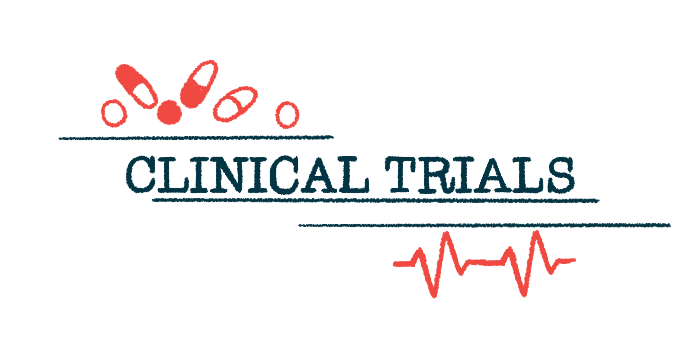Most Patients Bleed-free at 3 Years After Roctavian in GENEr8-1 Trial
Majority of men given gene therapy now off replacement treatments

Three years after receiving the one-time gene therapy Roctavian (valoctocogene roxaparvovec) at trial, the majority of men with severe hemophilia A in the Phase 3 GENEr8-1 study were off standard replacement therapies and did not experience any bleeds requiring treatment.
That’s according to new data announced in a press release by Roctavian’s developer, BioMarin Pharmaceutical, on what it says is “the largest and longest global Phase 3 study to date for any gene therapy in hemophilia.”
The gene therapy was granted conditional approval in Europe last year, and is now under review by the U.S. Food and Drug Administration (FDA). The FDA’s decision on BioMarin’s application requesting Roctavian’s approval in the U.S. is expected by the end of March.
“The three-year data reinforce our belief that Roctavian has the potential to fundamentally transform the treatment of severe hemophilia A for patients and eliminate the burden of prophylaxis,” or preventive therapy, said Hank Fuchs, MD, president of worldwide research and development at BioMarin.
“We look forward to sharing these data with the FDA as part of our ongoing regulatory review,” Fuchs added.
Updated trial results are positive
Roctavian is designed to deliver a healthy copy of the gene encoding factor VIII (FVIII), the clotting protein that’s missing or is defective in people with hemophilia A. The protein is delivered to cells in the liver — which are the main producers of clotting factors in the body — to restore the production of functional FVIII.
The Phase 3 GENEr8-1 trial (NCT03370913), primarily completed in 2020, enrolled 134 men with hemophilia A, all of whom were given a single infusion of the gene therapy. All participants in the study had severe disease, defined as FVIII activity at 1% of normal levels or lower.
Prior findings from the trial showed that more than 80% of participants were bleed-free after two years. Most participants also were off standard replacement therapies used for prophylaxis, or to prevent bleeding episodes.
Three-year data now announced by the company was available for 132 or 112 study participants, depending on the parameters analyzed.
The new data show that, in the third year after treatment, the median yearly rate of treated bleeds was zero — in other words, the majority of participants did not experience any bleeds requiring treatment. The mean yearly rate of treated bleeds was one per year.
The three-year data reinforce our belief that Roctavian has the potential to fundamentally transform the treatment of severe hemophilia A
Other analyses that assessed the total number of bleeds, including those requiring and not requiring treatment, were similar: the median rate was zero, meaning most patients didn’t experience any bleeds whatsoever, and the mean rate was 1.4 bleeds per year.
Three-year data also showed that FVIII activity remained high, at a median of 8.4% of normal, and at a mean of 18.8% of normal.
The number of yearly FVIII infusions also remained low in the third year after treatment. The median number of FVIII infusions was zero, meaning most patients didn’t require any treatment, and the mean number was 8.4 infusions per year.
Consistently, the vast majority (92%) of patients remained off of prophylaxis. Those who did resume prophylactic treatment did so safely, according to BioMarin, and long-term data have not revealed any new safety-related findings.
“We continue to learn more about the durability, safety and efficacy of [Roctavian],” said Steven Pipe, MD, a professor at the University of Michigan and an investigator in GENEr8-1.
“I am encouraged to see the consistent clinical response and the significant number of study participants who remain off prophylaxis after three years,” Pipe said. “This shows the potential transformative impact of this single treatment event for people with severe hemophilia A.”
Four-year data, available for 17 patients, was generally consistent with the trends seen at three years. BioMarin noted that further findings will be presented at upcoming scientific conferences.
In addition to sharing new clinical trial data, BioMarin also announced it is working toward making Roctavian available to patients in several European countries, with discussions ongoing in Germany, Italy, and France. The company recently struck an agreement with one of the largest health insurance groups in Germany.
“We continue to see a high level of interest from physicians in Germany. Treatment centers are ready to go, and our market research indicates that there are approximately 40 patients queued up for pre-treatment screening,” said Jeff Ajer, executive vice president and chief commercial officer of BioMarin.
“We are pleased that these outcomes-based agreements will enable access for individuals with severe hemophilia ,” Ajer added.







